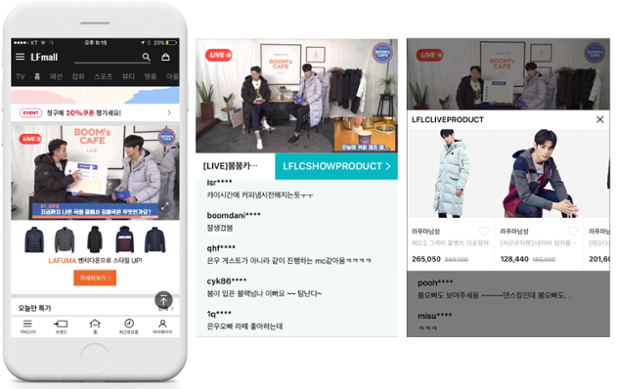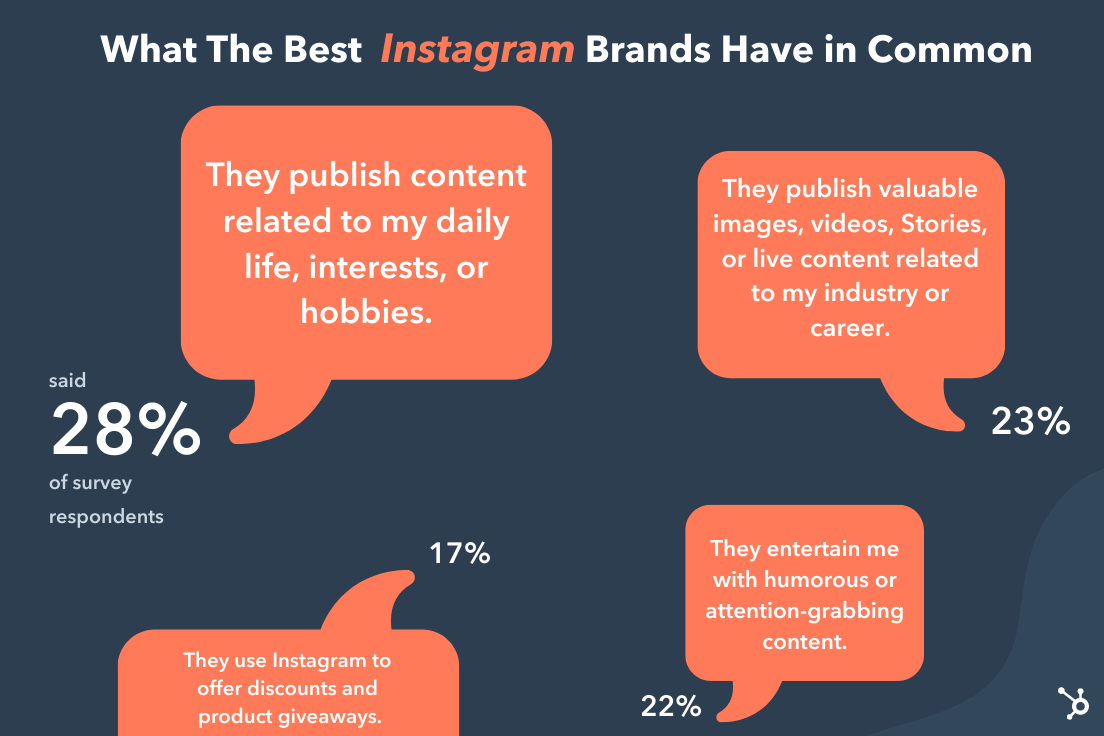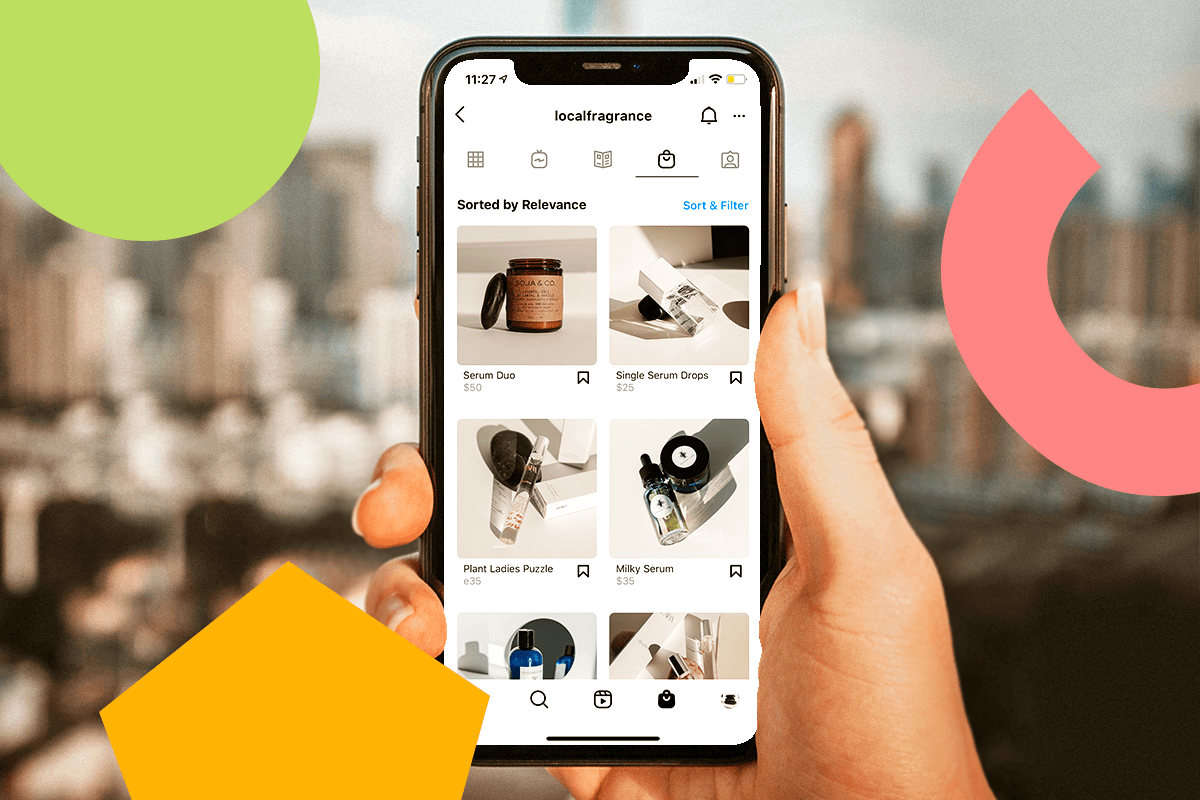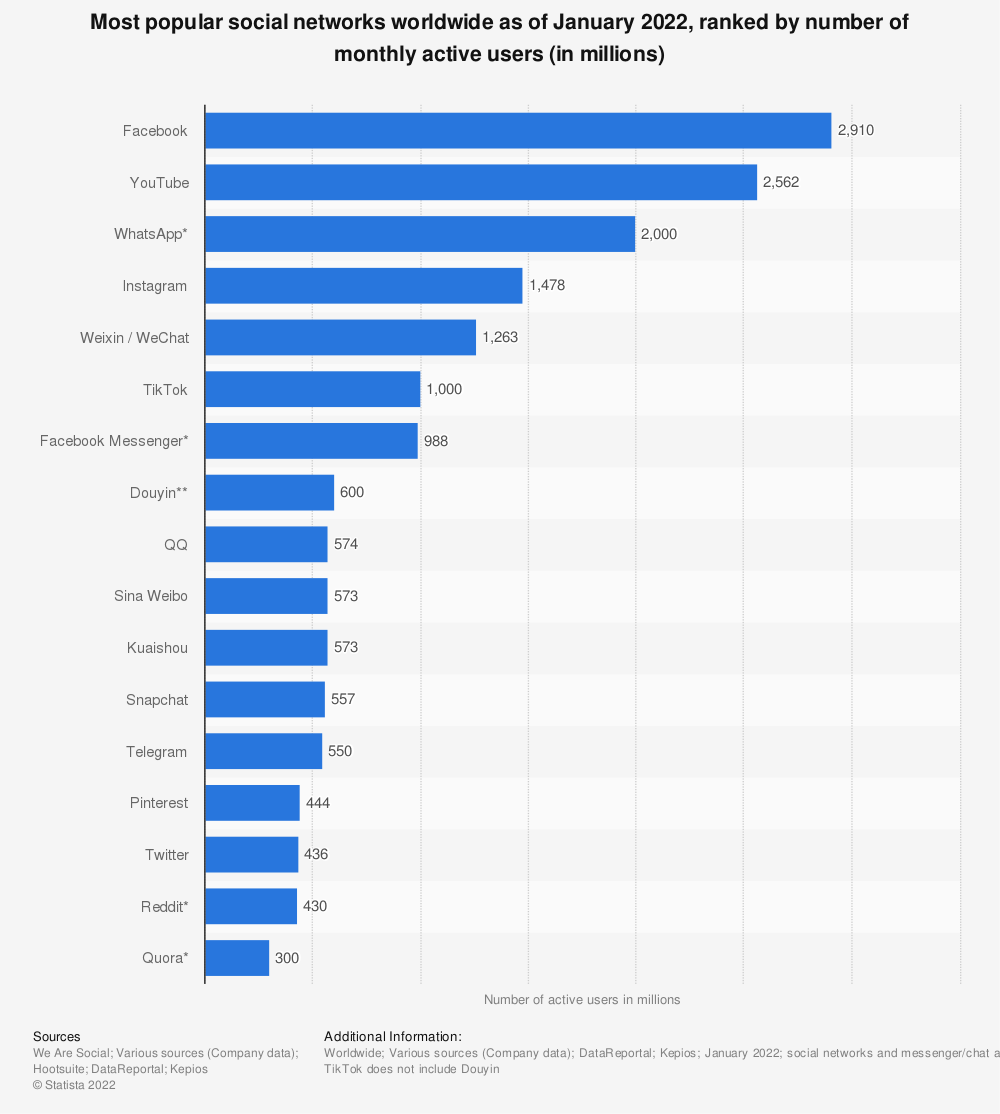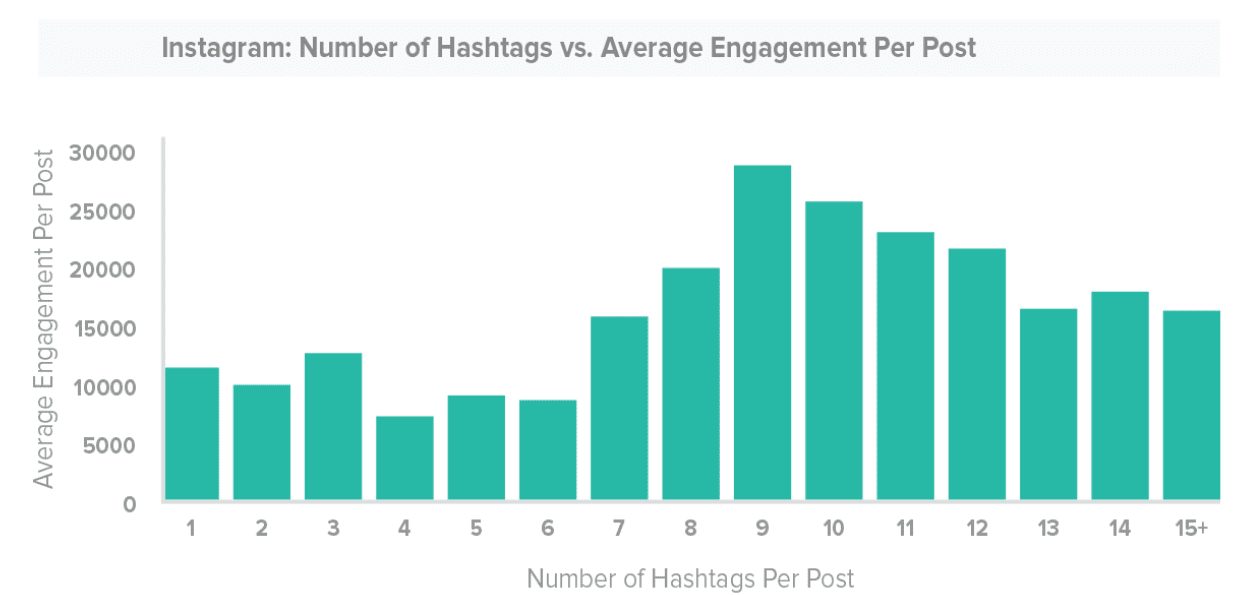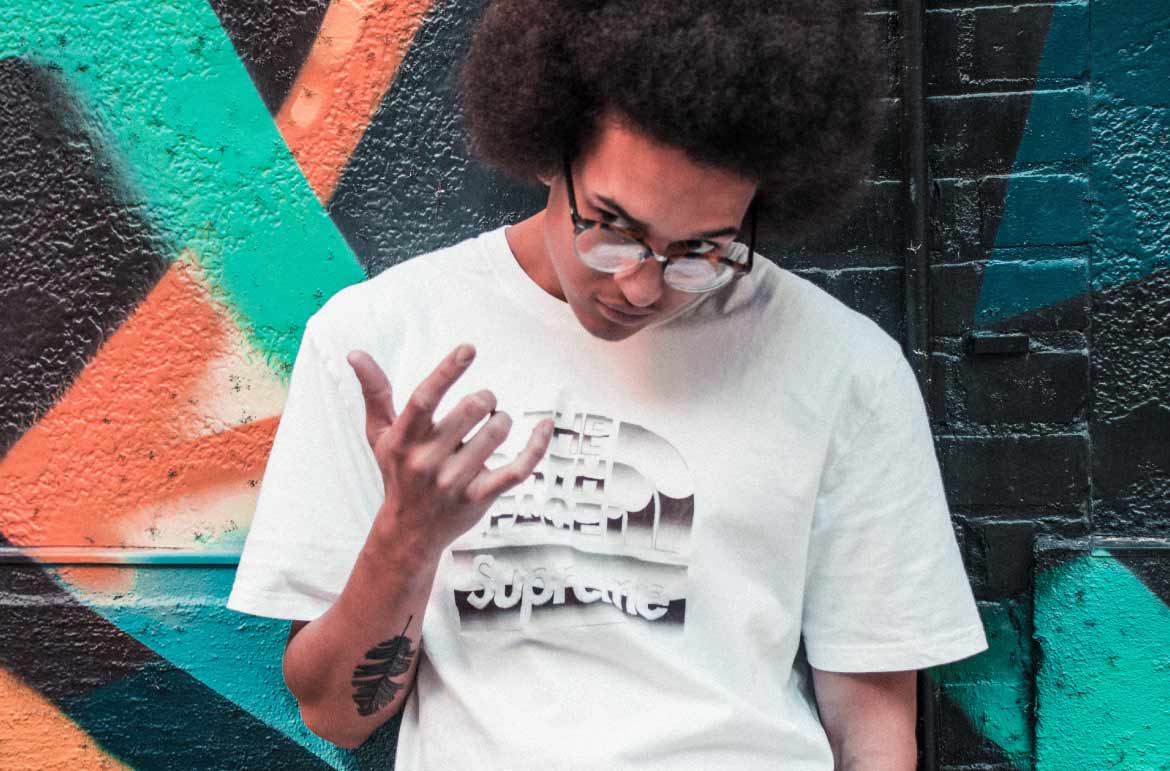
Close to 50% of the current world population is active on at least one social media platform, and each person spends an average of 2.5 hours on social media every day. (Oberlo)
There are no two ways about it; every brand has to leverage social media for visibility and growth. That being said, which social media platforms are most relevant today, and considering a cap on budget and effort, what strategies will be most effective in 2022?
This article looks at 6 social media platforms that will dominate in 2022 and explores their key features. If you’re looking to get started with a social media platform, this section will act as a guide. We then explore the 13 trends that will be most relevant in 2022 and how you can include them in your brand strategy. These trends are not platform-specific and can be used across all social media platforms.
Quick Guide
- Top 6 social media platforms that will dominate in 2022
- 13 Social Media Trends to employ in 2022
- Going Live
- AR & VR Will Be Everyday Tech
- Videos Will Have To Be Curated For The Social Media Platform
- Collaborations With Other Creators/Channels
- Influencer Marketing
- A Focus On Platform And User-Oriented Content (vs Brand-Oriented)
- More Brands Will Launch Podcasts
- Social Commerce Will Boom
- Being An Omnichannel Brand Will Be Necessary To Deliver Consistent CX
- Social Communities Will Have More Prominence
- Brands Will Reach Users Directly Through DMs
- Social Media Search Optimization Will Be Important
- You Will Need To Leverage Paid Ads
Social Media Platforms That Will dominate In 2022 & Their Core Features Every Brand Must Know
1. Facebook (Meta)
Facebook rebranded to ‘Meta’ in October 2021. We will be referring to the Social media platform as Facebook for simplicity.
Facebook has close to 2.9 billion monthly active users globally, making it a trendy social media platform for marketing and advertising. It has a mixed demographic, with many users ranging from 18 to 54. That is why Facebook marketing is a strategy every brand uses.
Here are some features of Facebook every brand should know about:
- News Feed and wall
- Groups
- Pages
- Stories
- Facebook Live
- Marketplace
- Ads
2. Instagram
In 2019 Instagram had over 815 million active monthly users globally. Instagram is one of the fastest growing social media platforms and is a great platform for marketers to grow their brands. Close to 66% of Instagram users are 34 years or younger.
Here are some features on Instagram every marketer should be aware of:
- Posts
- Stories
- Reels
- IGTV
- Live
- Ads
3. YouTube
YouTube has over 2 billion monthly active users globally, and 1 billion hours of content is watched on YouTube every day, making it the number one video platform.
Here are some features of YouTube every marketer must know about:
- Videos
- Shorts
- Live
- Ads
4. Snapchat
Snapchat was launched in 2011 with a unique concept of disappearing images. Users could send each other images that would disappear after one view. The concept of disappearing images was well received and it made Snapchat extremely popular.
Although Snapchat is not as popular as the other social media platforms on our list in terms of active users, with 500 million monthly users it is still relevant and growing.
Here are features of Snapchat that you must know about:
- Snaps
- Stories
- Discover
- Snapcode
- Filters and Geofilter
5. LinkedIn
With 310 million monthly active users globally, LinkedIn might be the smallest social media platform on our list, but it caters to a unique crowd that the other platforms do not. While the other social media platforms are tailored towards entertainment, LinkedIn is tailored for business. This is why close to 60% of users on LinkedIn are between the ages of 25 and 34.
Here are some features of LinkedIn every marketer must know:
- Premium
- Business pages
- Groups
- LinkedIn Pulse
- Ads
13 Social Media Trends That Will Be Highly Relevant in 2022
1. Going Live
Going live will be one of the most impactful social media trends in 2022. A live video/stream is the next best thing to meeting in person, and brands can use live video to reach out to their audience in real-time, to enable them to ask questions, interact with company leaders, etc.
The Covid pandemic forced businesses to move to an online-first model, and while this is more convenient, it has taken away the personal touch that comes from shopping in-store. Live streaming allows businesses to create a personal connection, while still being online, and this is why it is going to be important in 2022.
Another social media trend that will become popular in 2022 is Live Commerce. Live commerce brings live streaming and e-commerce together, and is also called ‘shoppable live stream’. The live stream window has a carousel of products listed below which users can interact with and purchase while watching the live stream, all in real-time:
Live commerce is poised to cross $25 billion in sales by 2023, which will be close to a 4X increase from $5.6 billion in 2020. Popular brands like Amazon have launched live commerce apps (Amazon Live) that brands can use to immediately begin running live commerce campaigns.
2. AR & VR Will Be Everyday Tech
Technology, especially AR and VR, will play a significant role in redefining social media as we move into 2022.
Snapchat has already rolled out lenses equipped with AR (Augmented Reality), which superimposes virtual elements on real-life photos and videos to create incredible effects. These make your snaps exciting and engaging.
Meta (Facebook) is launching Metaverse, a complete universe built on virtual reality.
AR and VR tech is not a luxury anymore. Samsung offers VR headsets that are compatible with their VR-enabled smartphones for about a hundred US dollars, and you can purchase an Oculus on Amazon for about US$425. These products are affordable enough to become commonplace devices. Smartphones were able to render AR simulations as early as 2016 (when Pokemon Go first became popular).
Consumers are getting used to interacting with modern technology – voice assistants, VR universes, and so on, and brands will have to deliver experiences on these devices as well to stay relevant moving forward.
3. Videos Will Have To Be Curated For The Social Media Platform
Videos are the most consumed form of content, and that’s not new information. Because people love videos, platforms like Instagram and Snapchat that were once image-focused began including videos.
Moving into 2022, brands will have to focus on putting out more video content along with blogs and images. They will particularly have to focus on video platforms and content types that are popular with consumers today.
There are multiple platforms and different video formats to choose from – platforms like YouTube, Instagram, Facebook and TikTok allow formats like stories, reels, shorts, TikToks, full-length videos, etc. Ideally, you will want to post videos on all platforms and across all formats to garner maximum reach and engagement.
4. Collaborations With Other Creators/Social Media Channels
Collaborating with people or brands is a great way of tapping into an already established audience.
Unlike influencer marketing, when you collaborate, you do not outsource brand marketing to another person or channel but participate in the content they post and promote your brand in the process.
For example, you appear as a guest speaker on a podcast or as a panellist on a webinar. Collaborations are significant because both channels win, you get exposure to their audience, and they get to promote their content with your name on it.
Collaborative content has gained a lot of momentum since the Covid pandemic. Businesses have been coming together to discuss strategies to navigate the challenging landscape that the pandemic has imposed. Creating such content is as simple as recording a Zoom call between brand leaders and then posting it on your social media channels:
It’s evident that this strategy is powerful – this webinar will reach the audience of three different brands giving it much more exposure. Collaborative content will be big in 2022.
5. Influencer Marketing
If you do not want to participate in videos or photos actively but still want the benefit of tapping into someone else’s established audience, you should try influencer marketing. Influencer marketing has been growing with the growth of social media platforms and will be a prominent trend in 2022.
Identify influencers (accounts with many followers) in your niche and pay them to promote your brand on their channel. You can give them content direction or let them choose how to promote it themselves.
The key here is selecting the right influencers. Make sure they post content in your niche, or your will be preaching to the wrong audience. For example, if your brand sells fitness products, you will get the most out of an influencer who is into fitness.
Influencer marketing is an excellent way for brands with low followers and subscribers to get brand visibility and build an audience. With the social media space being highly competitive, most brands will turn to influencer marketing for growth in 2022.
6. A Focus On Social Media Platform And User-Oriented Content (vs Brand-Oriented)
2022 will see brands moving away from brand-focused content and towards user-focused content.
What does this mean?
Each platform has a format that is popular and engages more than others. For example, reels are the most engaging format on Instagram, but on YouTube, full-length videos work better.
Within each format, trending content will differ depending on influences like geography, politics, sports, etc. People will prefer to watch the content of certain styles and genres, or content that is trending at that moment. Brands will have to start focusing on these pieces of content that are popular with users and not on content that aims at promoting the brand first.
A 2022 survey by HubSpot found these to be the top 4 reasons why people follow a brand on Instagram:
If you notice, all four answers are specific to the user. They follow accounts that entertain them, post content related to them, and so on. This is what we mean by posting for the user and not the brand.
To ensure your posts get the most traction in 2022, follow the thumb rule of posting for the people on the platform, by creating content based on what is currently trending on the platform. This will help you increase your reach (platforms promote content similar to what’s trending) and engagement.
7. More Brands Will Launch Podcasts
Podcasts are viral forms of content today. As of 2021, there are over 850,000 active podcasts and 48 million podcast episodes. People love podcasts because they can listen to them while doing other work like chores, driving, etc. This is also why platforms like Audible and Spotify are extremely popular today – people enjoy listening to content and multi-tasking.
Podcasts also give you a chance to collaborate with other creators. The general format of a podcast involves a conversation between two or more people, so it allows brands to invite guests and collaborate.
Another popular format of podcasts is QnA, where the speaker answers questions posted by the brand’s audience. This allows you to involve your followers and create rapport between the brand and its customers.
Podcasts are predicted to be heavily consumed in 2022, and it is a trend that brands have to jump on.
8. Social Commerce Will Boom
This involves selling products directly on social media, on platforms like Facebook Marketplace and Instagram Shopping. Social selling is going to be a popular trend in 2022.
Ecommerce platforms like Amazon are popular because they allow users to browse many products and buy them, all under one roof. Consumers are looking to find everything they want on the platform they are on.
Social commerce allows you to tap into this mentality. For example, users browsing images on Instagram do not want to leave the platform, and if you can enable buying right on Instagram, you will have more chances of acquiring a customer. This is exactly why social platforms have enabled social selling and why it will become a trend in 2022.
Social commerce gives brands an advantage too – you get to sell products on multiple platforms increasing visibility and reach. You are no longer limited to a web store, and in fact, you can sell directly on social platforms without even having an online store.
9. Being An Omnichannel Brand Will Be Necessary To Deliver Consistent CX
As of January 2022, there are 17 social platforms that are popular and are attracting traffic from 300 million to 2.9 billion users every month!
Whether you like it or not, you will have to be active on more than one social platform to stay in the competition because your audience will be spread across multiple social platforms. With numbers in the millions, you cannot afford to skip any social platform!
And that brings a new challenge – actively interacting with customers on all these different platforms. When your brand is active on various platforms and channels, creating a seamless and consistent experience for your users will also be important.
Creating an omnichannel brand will not be critical; it will be essential in 2022. It solves both problems – brands can see all conversations on one platform so communication logistics are simpler, and customers get to experience a seamless and continuous conversation no matter which platform they jump to.
You can achieve this by implementing technology that ties all your accounts and active channels into one location, allowing you to deliver a consistent and seamless customer experience.
10. Social Media Communities Will Have More Prominence
Online communities on social media have become more popular and active since the Covid pandemic. People were forced into isolation and they turned to online communities for socializing, and this trend will see more traction in 2022. This is why brands are actively working on building communities as a part of their marketing strategy. In fact, a survey by HubSpot found that 64% of marketers plan to invest in social media communities in 2022.
Elementor, a page builder plugin for WordPress, has a budding community of over 120K users on Facebook. Nine out of the most recent ten posts on the group are by users, and only one is by an Elementor admin. Building a community is a great way to get your audience to generate content and keep the group alive while all of it happens under your brand’s banner.
There are platforms like Discord and Mighty Networks that give you the tools to create a standalone community for your brand, along with great features like an in-built newsfeed, group creation, and so on. But for most brands, building a community on existing social platforms like Facebook works just fine. Growing a group on an already established social platform is much easier than starting out on your own.
Building a large group like Elementor’s takes time, but every brand can get there with consistent effort.
11. Brands Will Reach Users Directly Through DMs
Do not hesitate to directly message your followers. DMing followers with offers are similar to sending cold emails, a strategy that has worked for ages.
But this process is much more refined today. If your analytics systems are in place, you will have a lot of user data that will give you insights into consumer behaviour. So consider, for example, a user who has products added to their cart but hasn’t made a purchase. If you have a user who has shown intent but failed to go through with the purchase, you can gently nudge them with a freebie like a coupon sent via a Direct Message. Unlike cold calling and emails, you aren’t infringing upon your customers but rather complementing their needs.
As brands adopt platforms like CDPs, they will start creating personalized campaigns and one of these will be messaging customers directly on social platforms like Facebook, Instagram and LinkedIn.
12. Social Media Search Optimization Will Be Important
Every platform has its own search algorithm, and posts are delivered to users based on this. Moving into 2022, brands will need to pay attention to how they draft their content and cater to the platform’s search engine. This is going to be even more important now because of the competition on social platforms. If your content isn’t reaching the right users, the purpose of posting is defeated.
Social platforms analyze the title, description, hashtags, etc. to rank your posts and then show them to people interested in those topics. Do a little research before you post, see which posts are currently showing up and what content they have used and draw ideas for your posts.
Hashtags are going to play a big role in social search in 2022. Social platforms, unlike search engines, work more on behavioural targeting. Posts are shown based on a user’s past interactions, and this curation is done largely through hashtags (along with other factors like the title, the content creator, and so on). To stay in the game in 2022, make sure you post based on trends and use the right hashtags.
13. You Will Need To Leverage Social Media Paid Ads
Even with all the tips and tactics for organic growth, you will need to run paid ads on social platforms to reach your target audience in 2022.
Back in 2016 Instagram released an article that said users, on average, shared more than 95 million photos and videos every day. This number has only magnified in 2022.
Once you have a big enough following your posts will reach your audience organically, but until then (and even then), you will need to invest in paid advertisements.
Unlike organic reach, social media paid ads allow you to use filters to target a specific group of people so you can target your content to the right users.
Conclusion
And there you have it, the six social media platforms and 12 social media trends will dominate in 2022. While the best way to get maximum results is to be active on all these platforms if budget and time are constraints, select platforms that your target audience is most active on.
The majority of users on TikTok, for example, are below the age of 24, but the majority of users on LinkedIn are between the ages of 25 and 34. So, depending on your target audience, you can select one of the two and put all your efforts into that one platform. The strategies we have curated for you, after all, are not specific to one social platform and can be used across different platforms.
